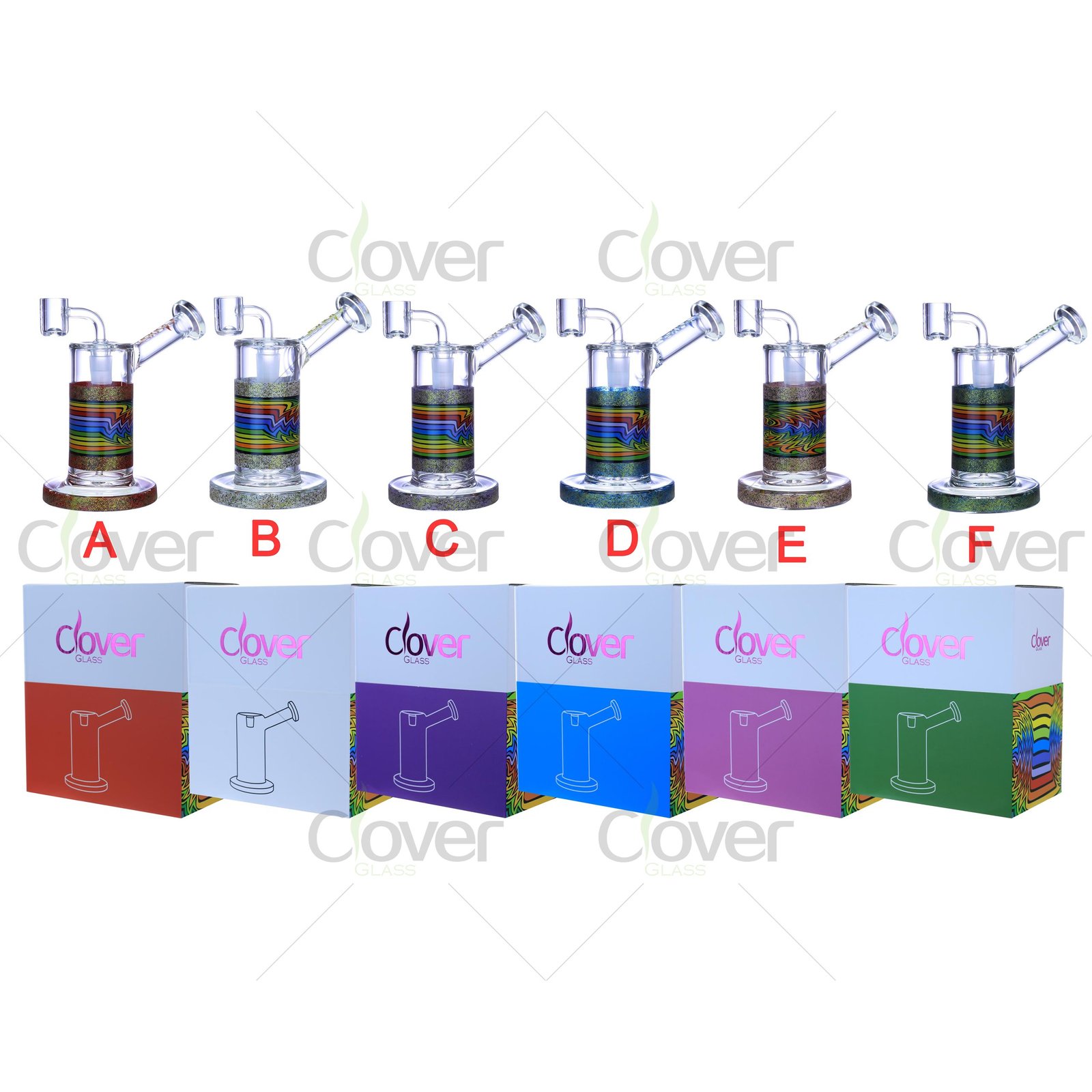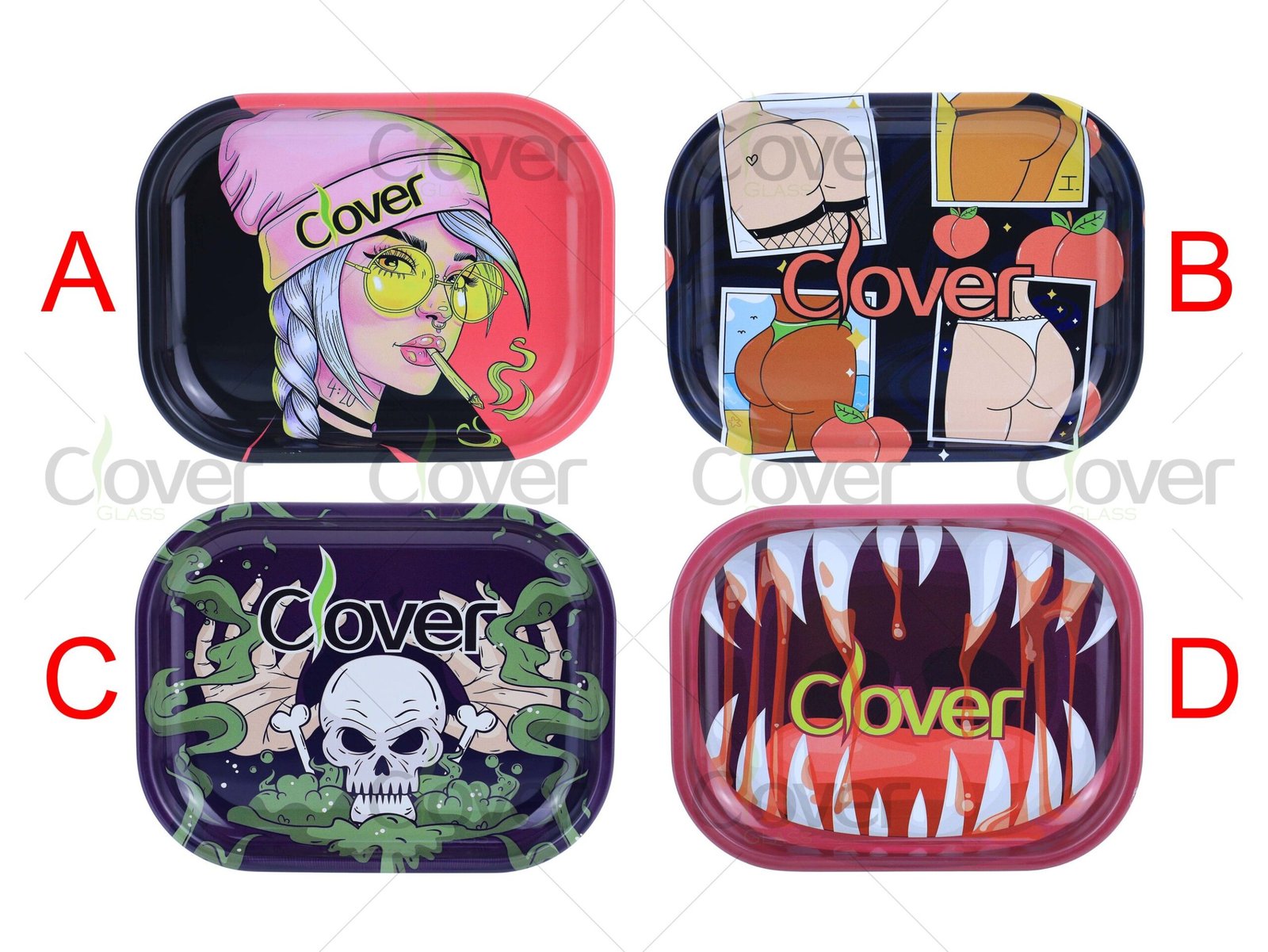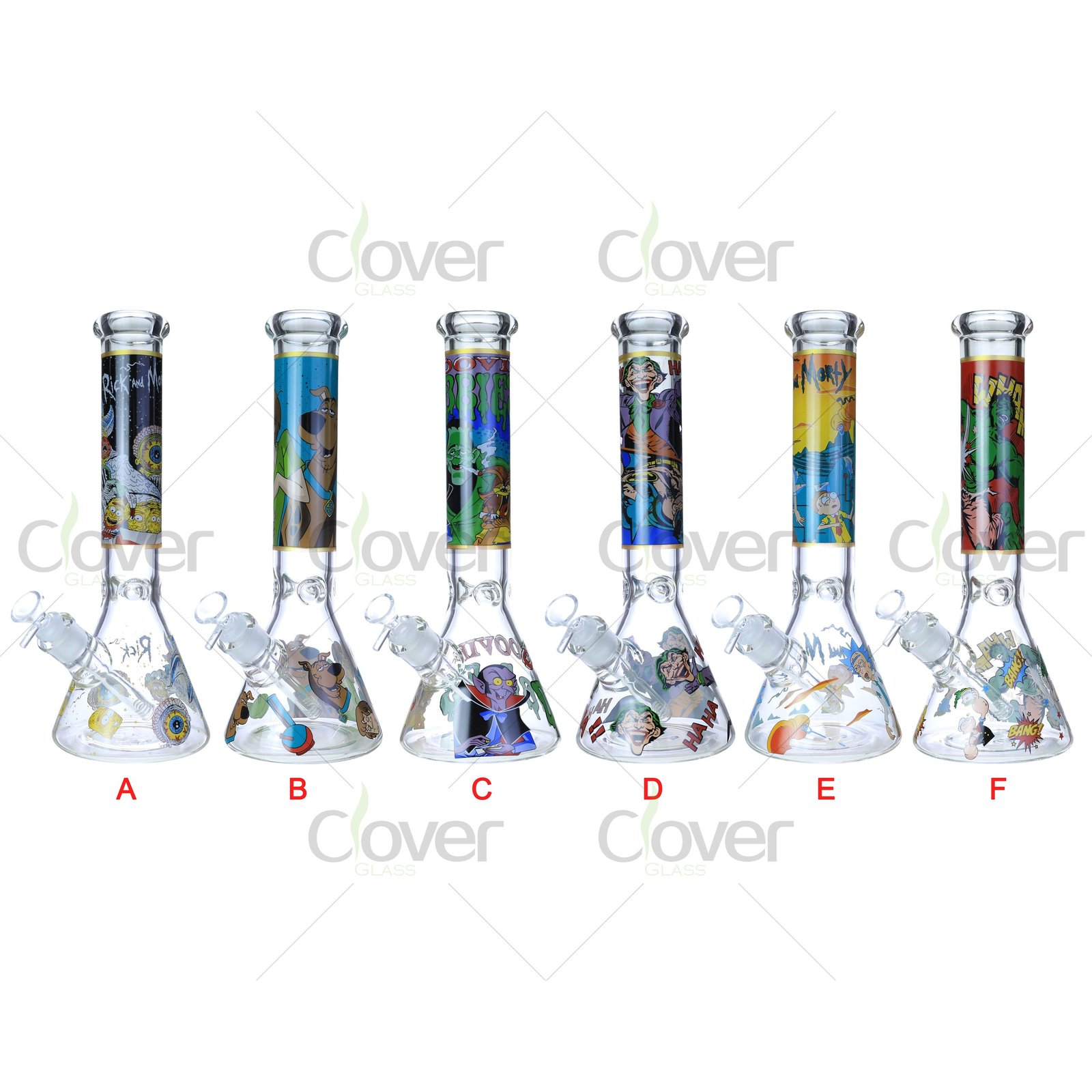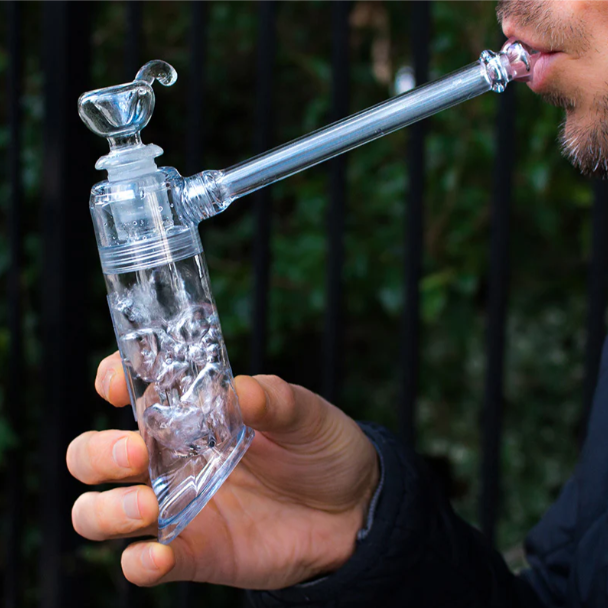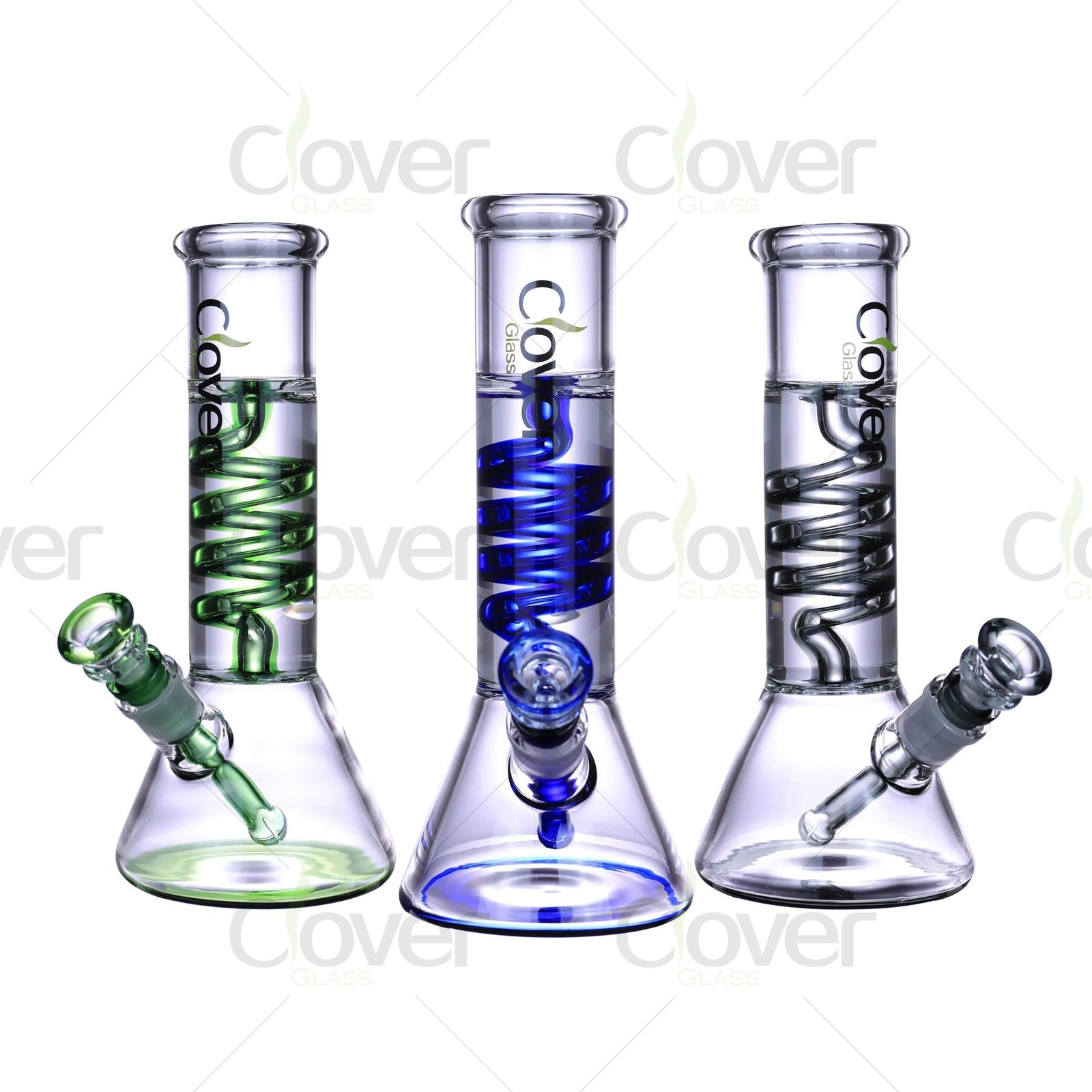Ever packed your favorite 12-inch beaker bong only to find it in pieces at your destination? That sinking feeling hits both casual travelers and shop owners shipping glass. A tough, well-padded travel case solves the headache before it starts—saving gear, money, and your good mood.
Choose a hard-shell case with dense foam and swap it if the latches loosen or the padding flattens—usually every 18 to 24 months of regular use. A snug, water-resistant box keeps glass safe from knocks, drops, and airport security checks. Upgrading on schedule costs a lot less than replacing a broken rig.

Let’s see what makes a case truly “durable.”
What Is a Travel Case for a 12-Inch Beaker?
Think of it as a mini vault on a handle: a rigid box lined with foam cut to hug your bong.
A travel case is a hard, padded box that protects a 12-inch beaker bong from bumps, cracks, and temperature swings while you’re on the move.
Why Does Durability Matter?
Glass is fragile, flights are bumpy, and couriers aren’t gentle.
A sturdy case stops breakage, keeps odors contained, and prevents foam dust from rubbing off on the glass. Less damage means fewer costly returns for wholesalers and happier sessions for personal users.
How to Choose a Durable Case
Skip the jargon—just follow three simple checks.
- Outer shell: ABS or polypropylene resists cracks.
- Inside foam: “Pick-and-pluck” cubes or custom cutouts hold the beaker tight.
- Seal & latches: Look for a water-resistant gasket and metal-pin hinges.
Mistakes Beginners Should Avoid
Even seasoned buyers miss these basics.
- Buying the wrong height—foam should cradle the neck, not press it.
- Ignoring replacement foam when it gets squashed.
- Choosing zip bags; they don’t stop crush damage.
- Forgetting spare room for downstems and bowls.

Dive Deeper
1. What Makes a Case “Crash-Proof”?
The U.S. Consumer Product Safety Commission notes that rigid plastics absorb shocks better than fabric sleeves. CPSC
- Shell thickness ≥ 3 mm cuts crack risk.
- Egg-crate foam spreads impact so one hit won’t shatter the neck.
- Pressure valve lets air out during cabin-pressure changes—handy on flights.
2. Foam Matters More Than You Think
NIST packaging studies show that dense, closed-cell foam dampens vibration up to 65 % better than open-cell types.
- Replace foam if it stays dented; compressed spots stop absorbing shocks.
- “Pick-and-pluck” squares let you shape a custom pocket in minutes.
3. Everyday Care Tips
| Task | Frequency | Why It Helps |
|---|---|---|
| Wipe dust off shell | After each trip | Keeps latches working. |
| Air-dry foam | If wet | Stops mildew and odor. |
| Check gasket | Monthly | Keeps water out on rainy days. |
| Swap foam | 18-24 months | Foam loses bounce over time. |
4. Buying in Bulk? Read This
Wholesalers love items with fast turnover. A study on retail add-ons showed small protective cases raised average cart value by 15 % (internal CloverGlass data). Keep these points in mind:
- Order mixed colors—bright cases stand out in stores.
- Include simple pictogram instructions to reduce returns.
- Confirm the factory meets OSHA handling rules for hard plastics. OSHA
- Ship cases nested to save on freight.
5. Travel Rules & Safety
The TSA allows empty glass pipes in carry-on bags if they’re clean. Labeling the case “Glass Art” helps speed inspections. TSA
For road trips, strap the case upright; EPA guidelines say upright transport prevents solvent leaks if the glass was recently cleaned. EPA

Conclusion
Whether you’re a weekend warrior or a wholesaler stocking shelves, a tough case is the cheapest insurance for 12-inch beakers. Pick a hard shell, fresh foam, and solid latches, and you’ll arrive—every time—with glass intact and customers (or friends) smiling.


